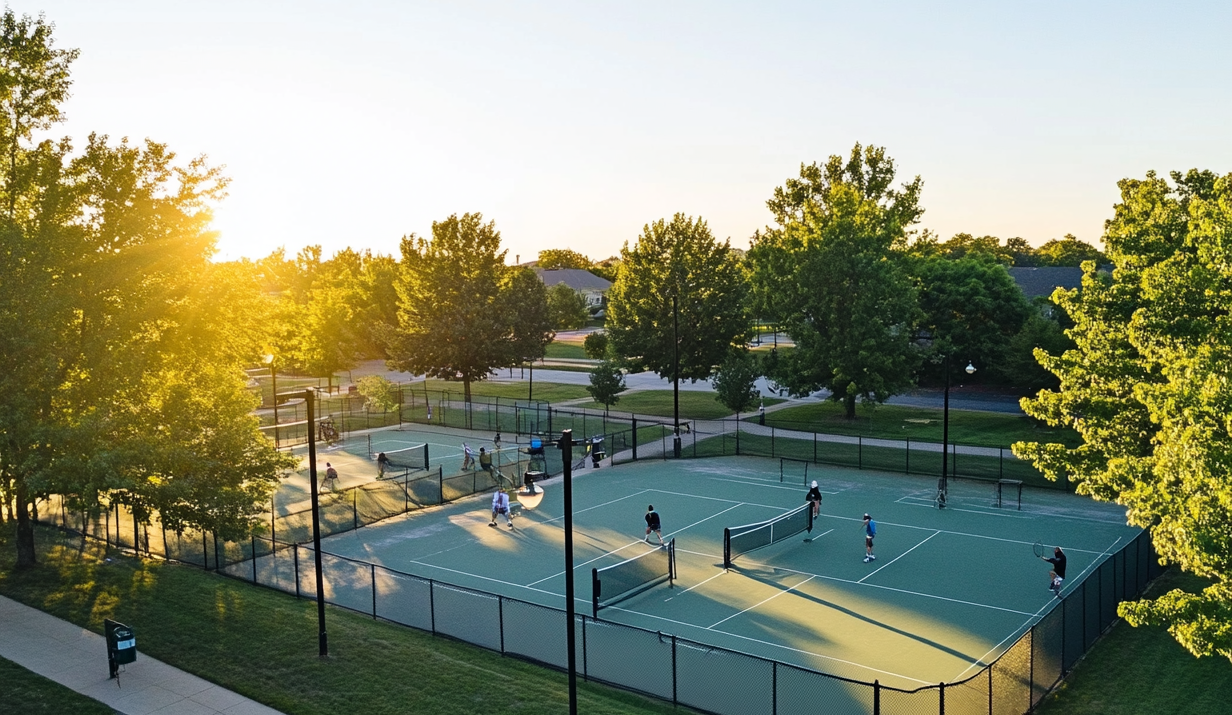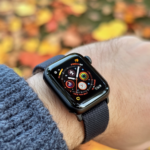Not too long ago, pickleball was considered a quirky pastime for retirees looking to stay active. But today, the sport is exploding across the United States, drawing millions of players, attracting major sponsors, and even boasting prize pools of half a million dollars. What started as a backyard game has transformed into a professional, mainstream phenomenon. How did we get here, and what does the future hold for America’s hottest new sport?
The Humble Beginnings of Pickleball
Pickleball was born in 1965 on Bainbridge Island, Washington. It was the brainchild of three fathers—Joel Pritchard, Bill Bell, and Barney McCallum—who wanted to create a fun game for their families. Using ping-pong paddles, a perforated plastic ball, and a makeshift court, they unintentionally laid the foundation for what would become one of the fastest-growing sports in the world.
The game is a hybrid of tennis, badminton, and ping-pong, played on a small court with a low net. The rules are simple, making it accessible for players of all ages and skill levels. This accessibility is one of the key reasons for its widespread adoption.
The Meteoric Rise of Pickleball
Fast forward to the 2020s, and pickleball is no longer just a pastime for retirees. According to the Sports & Fitness Industry Association (SFIA), pickleball has been the fastest-growing sport in the U.S. for three consecutive years, with an estimated 8.9 million players as of 2023.
1. The Pandemic Effect
The COVID-19 pandemic played a significant role in pickleball’s sudden rise. With gyms closed and traditional sports sidelined, many Americans turned to outdoor activities. Pickleball, with its small court size and social appeal, became a go-to option. Families picked up paddles, and communities began converting unused tennis courts into pickleball courts.
2. Celebrity and Pro Sports Endorsements
When high-profile figures start endorsing a sport, people take notice. Celebrities such as LeBron James, Tom Brady, and Kevin Durant have invested in professional pickleball leagues. Meanwhile, pro athletes from other sports, including tennis players and golfers, have publicly embraced the game.
Even the major leagues have taken note. The NBA’s Miami Heat and the MLB’s Milwaukee Brewers have added pickleball to their list of investments, signaling that the sport is more than just a passing trend.
3. Corporate Sponsorship and Prize Money
With millions of players, corporate sponsorships followed. Companies like Skechers, Franklin Sports, and Joola have entered the pickleball market, sponsoring tournaments and producing specialized gear. The Professional Pickleball Association (PPA) and the Association of Pickleball Professionals (APP) now host events with prize pools reaching $500,000—numbers once reserved for elite tennis competitions.
The Economics of Pickleball: A Multi-Million Dollar Industry
What was once a grassroots sport is now a thriving industry. Equipment sales, tournament fees, and court construction projects have turned pickleball into a booming business. Cities across America are allocating funds to build dedicated pickleball courts, responding to the overwhelming demand from local communities.
Even real estate developers have caught on. Luxury housing developments and retirement communities are now incorporating pickleball courts as a must-have amenity, drawing new residents eager to join the craze.
The Pickleball Culture: More Than Just a Sport
One of the most unique aspects of pickleball is its culture. Unlike many other competitive sports, pickleball has retained a reputation for being social and inclusive. Players of different skill levels often mix, making it easy for beginners to learn and enjoy the game.
Additionally, the sport fosters a strong sense of community. Pickleball tournaments and meetups have become social events, bringing together people from all walks of life. The sport’s accessibility—both in terms of skill and affordability—has made it a cultural phenomenon rather than just another fitness trend.
The Challenges Facing Pickleball’s Growth
With rapid growth comes growing pains. While pickleball’s popularity is undeniable, it has faced some challenges along the way:
1. Noise Complaints
The distinctive “pop” of a pickleball hitting a paddle might be music to players’ ears, but for some neighbors, it’s a source of frustration. As more public parks convert tennis courts into pickleball venues, noise complaints have surged. Some communities have even attempted to restrict or relocate pickleball courts to minimize disruption.
2. Space Wars: Pickleball vs. Tennis
As pickleball courts continue to take over tennis courts, a rivalry has formed between the two sports. Tennis players argue that their courts are being unfairly sacrificed, while pickleball advocates push for more dedicated pickleball spaces. The debate has led to heated discussions at city council meetings and on social media.
3. Maintaining the Sport’s Culture
With corporate money and elite athletes entering the space, some longtime pickleball players worry that the sport will lose its friendly, grassroots nature. Will pickleball remain an inclusive, social activity, or will it become as cutthroat as other professional sports?
What’s Next for Pickleball?
Pickleball’s future is bright, but what will the next chapter look like?
- Olympic Aspirations: There is growing discussion about pickleball being included in the Olympics. While it may not happen in the immediate future, its global growth could make it a viable candidate for the 2032 Games.
- Further Professionalization: Expect more leagues, more sponsorships, and higher prize money. With networks like ESPN and CBS already broadcasting pickleball matches, the sport’s professional scene is just beginning.
- Expansion into Schools: Schools and colleges are starting to incorporate pickleball into their physical education programs. This move ensures the next generation will carry the sport forward.
- Technological Advancements: Companies are investing in high-tech paddles, smart tracking systems, and virtual coaching tools to enhance the game further.
Conclusion: A Sport That’s Here to Stay
Pickleball’s rise from a backyard invention to a multi-million-dollar industry is nothing short of remarkable. What makes it special is its unique blend of competition, social engagement, and accessibility. Whether you’re playing in a neighborhood park or watching a pro match with a $500,000 prize pool, one thing is clear—pickleball isn’t just a fad. It’s a movement that’s here to stay.
So, if you haven’t picked up a paddle yet, now might be the time. Who knows? You might just be stepping onto the court of the next great American pastime.




